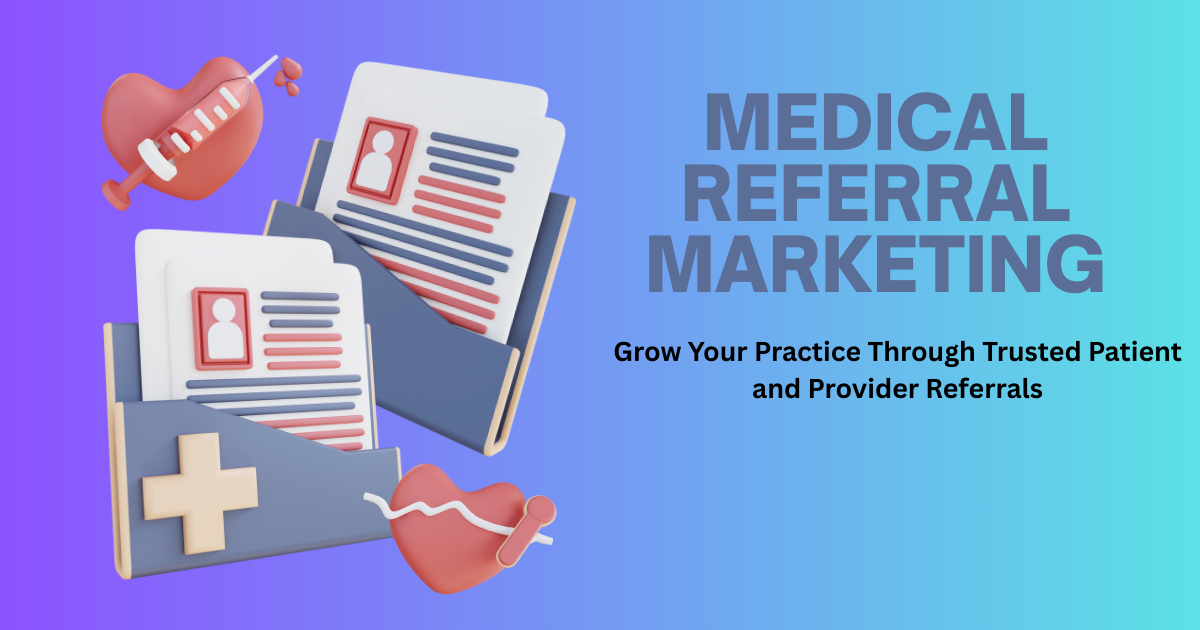When you fill out a form—whether it’s for a job, a contact form, or even signing up for a new tool—you’ve likely come across a field labeled “Referral Source” or “How did you hear about us?” It’s easy to overlook this question or type in something vague. But if you’re wondering what you should put for referral source, this guide will help you understand it clearly.
Why the Referral Source Field Matters
You might think it’s just another formality. But from the perspective of the organization collecting the data, it’s far more than that. This single field tells them how their outreach is working. It helps them understand if their ads are effective, if word of mouth is bringing results, or if their SEO work is paying off.
For job applicants, referral sources can show if you’re connected with someone inside the company, which can sometimes improve your chances. For businesses, it helps them shape better marketing strategies.
Knowing the three main types of referral can help you accurately choose the right source to mention.
What Is a Referral Source?
A referral source is simply the channel or person who directed you to a business, website, or opportunity. It answers the question:
How did you find out about this?
It could be a person, a platform, or a marketing effort. Common examples include:
- A friend or colleague
- A job board like Indeed or LinkedIn
- A Google search
- A YouTube video or blog post
- A company email or newsletter
- Social media ads
- A business directory listing
But rather than choosing something generic, it’s best to be specific and accurate when asked.
What Should I Put for Referral Source in Different Contexts?
Let’s break it down based on where you’re filling this out. Each situation might call for a different kind of answer.
Job Application Forms
If you’re applying for a job and the form asks for your referral source, be honest and clear. Did someone refer you? Did you find the job online? Here’s how to approach it:
- If a friend who works at the company told you about the opening, write their full name.
- If you saw the job listing on LinkedIn, just write: LinkedIn.
- If you searched for the job on Google and landed on their careers page, you can write: Company Website (via Google Search).
Why does this matter? Some companies track employee referrals closely. If you were referred by an internal employee, your application may receive priority.
Contact or Inquiry Forms on Websites
When filling out a general inquiry or contact form, the referral source helps the business understand which marketing channel brought you in.
- If you clicked a Facebook ad, write: Facebook Ad.
- If you saw their website linked in a blog post, mention that blog.
- If it came up in a Google search, state that clearly: Google Search.
It might be tempting to just type “Internet,” but that doesn’t offer helpful detail. Being precise helps companies improve the way they reach future users or customers.
Marketing or CRM Systems

If you run your own business and you’re adding referral sources to a CRM (Customer Relationship Management system), you should log what actually worked.
- If the lead came from a directory listing like Yelp or Clutch, write that.
- If they came through an email campaign, list the campaign name.
- If it was a referral from an existing customer, record the name or customer ID.
This helps in long-term tracking and understanding which sources bring in high-value leads.
Best Practices When Filling Out Referral Sources
1. Be Honest
The worst thing you can do is guess or fill in something random. If you’re unsure, it’s better to say “Not Sure” than to mislead.
2. Be Specific
Avoid vague answers like “Online.” Instead, pinpoint where online: was it a YouTube video, Reddit post, Google ad, or LinkedIn feed?
3. Be Consistent
If you’re filling this out multiple times for the same company or service, keep your answer the same unless it has genuinely changed.
Can I Leave the Referral Source Field Blank?
Sometimes. But it depends on the form.
- If it’s marked with an asterisk (*), it’s required. Don’t skip it.
- If it’s optional, it’s still helpful to fill it in. You never know when that data might help your case.
- In job applications, leaving it blank may cause you to miss out on potential referral benefits.
Examples of Good Referral Source Answers
To give you clarity, here are some natural, specific responses you can use:
- “Referred by Sarah Ahmed (employee at your company)”
- “Google search: ‘best digital marketing jobs in Toronto'”
- “LinkedIn job listing”
- “Found via Instagram post”
- “Heard through TechCrunch newsletter”
These answers are natural, traceable, and make sense when reviewed by a human.
What If There Are Multiple Sources?
If you saw the company first on social media but applied after seeing a Google ad, it’s okay to mention both:
“First saw the brand on Instagram, then searched on Google and found the careers page.”
This kind of honesty adds more value than a one-word answer.
Final Thoughts
The question “What should I put for referral source?” may seem small, but it carries weight. Your answer gives insight to companies, shapes analytics data, and—especially in hiring—can influence decision-making.
Whether you’re a job seeker, a customer, or a business owner tracking lead sources, giving the right response builds clarity. Always be honest, be specific, and never underestimate how small fields like these can make a difference.
Learn about: How Does SEO Affect Your Referral Campaign Success?









